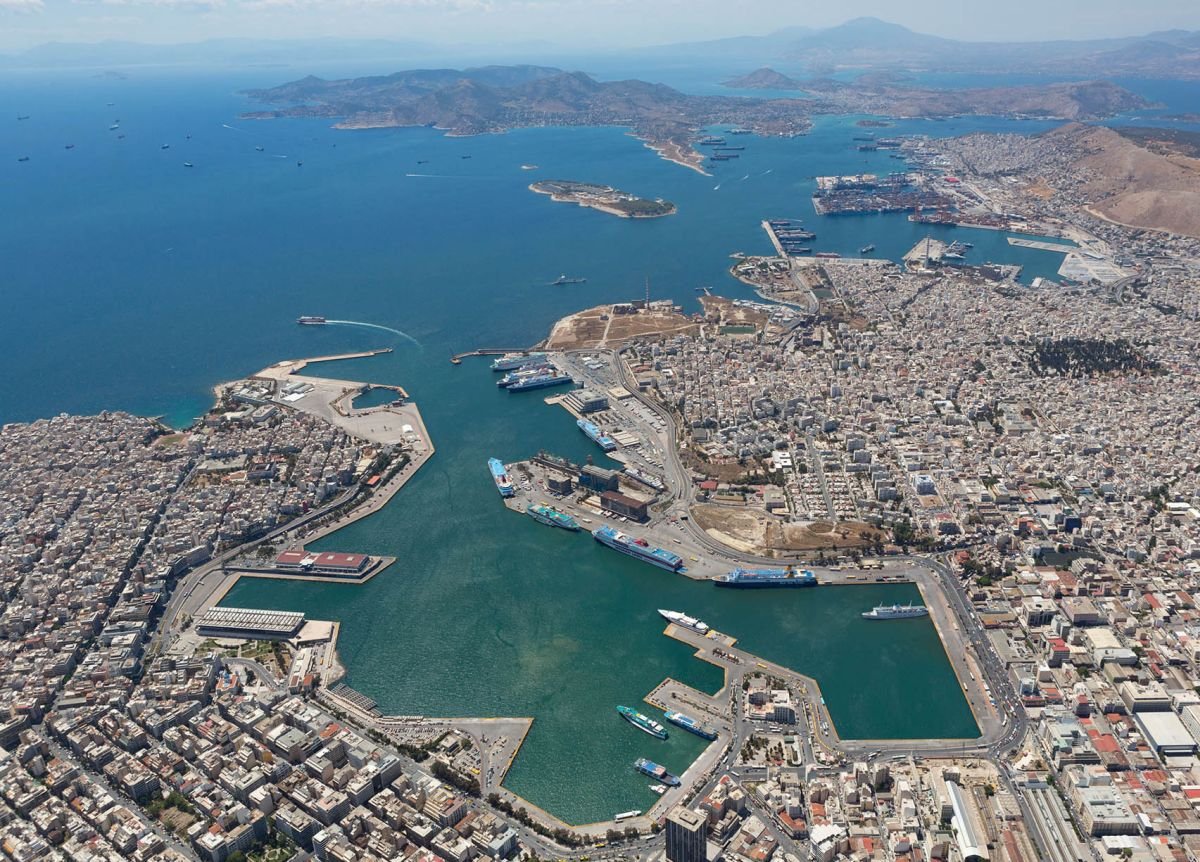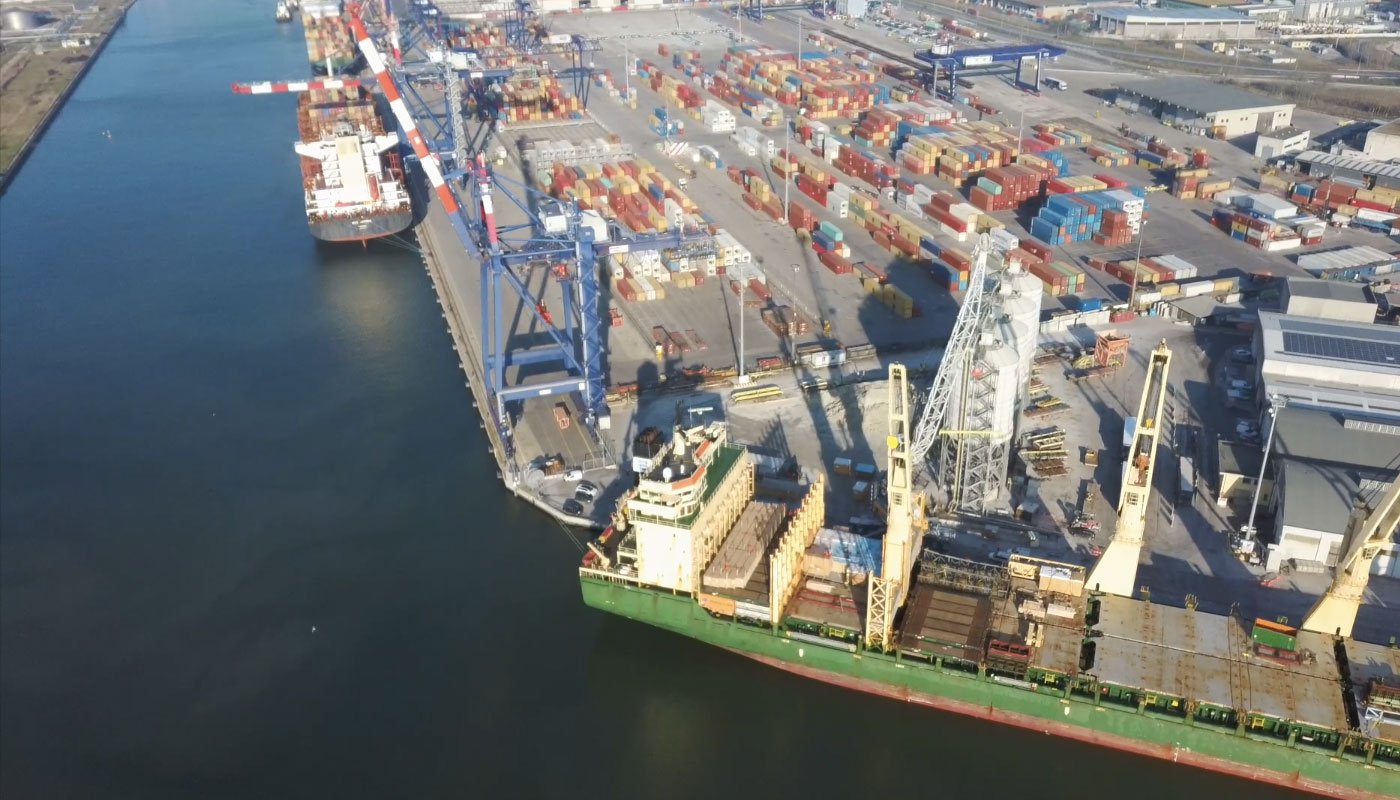HIGHLIGHTS
- Ways for China to expand its port infrastructure presence are very diverse, such as capital contribution, purchase or lease.
- China currently holds a relative dominance in the management and operation of the world’s 50 largest seaports,
- The US government along with experts around the world expressed concern about China’s growing presence in the seaport system
FULL ARTICLE
Ways for China to expand its port infrastructure presence are very diverse, such as capital contribution, purchase or lease. Many of these ports, which are strategic, are used by NATO. For example, China now controls the port of Piraeus in Greece. In addition, China has also invested heavily in projects to build highways and railways connecting the Balkan and Hungary.
China currently holds a relative dominance in the management and operation of the world’s 50 largest seaports, especially in Europe. In terms of container ports alone, China’s five major shipping and port companies control about 18 percent of the total ocean freight operations carried out by the world’s 20 largest companies, according to data from Dury Company, a Chinese consulting firm in the shipping sector.
Most striking is China’s control of the California port of Long Beach, which is the second-largest container port in the United States. COSCO has successfully acquired the Port of Long Beach through a subsidiary in Hong Kong.
In Europe, port operator COSCO (COSCO Shipping Ports), a subsidiary of shipping group COSCO, has taken over the operation and management of Piraeus port in Greece since 2016 after buying and owning 51 % shares in this port. By the end of October, COSCO bought an additional 16% stake, helping to increase the influence of China in this strategic seaport.

After successfully managing the port of Piraeus, Chinese companies also expanded their influence in the three largest seaports in Europe. They currently hold a 35% stake in the Euromax port in Rotterdam, the Netherlands, and a 20% stake in the Antwerp port in Belgium. China has also planned to build a container port in Hamburg, Germany. The two sides are in the final stage of discussions to finalize the contract.
Beijing has set the main target of investing in four Italian ports among its investments under the framework of the “Belt and Road Initiative”, especially after Italy became a European country the first to publicly respond to and participate in the BRI initiative. Specifically, two ports in the northern Adriatic Sea, the ports of Tristi and Ravenna, after the two governments agreed in a Chinese plan to compete with major European ports.

In fact, Chinese shipping and port companies have been very successful in holding shares in many seaports in Belgium, France, Greece, Italy, the Netherlands, and Germany, leading China to become the dominant factor in Europe’s port system. It is estimated that China currently holds at least 10% of the shares in the entire seaport system in this continent.
The US government along with experts around the world expressed concern about China’s growing presence in the seaport system. Former British Defense Secretary Liam Fox and former US National Security Adviser Robert McFarlane say many of these ports serve as key points of seaborne trade, giving Beijing strategic dominance without having to deploy a soldier, warship or weapon.
Hong Dao
FURTHER READING
China submits the application to join CPTPP












